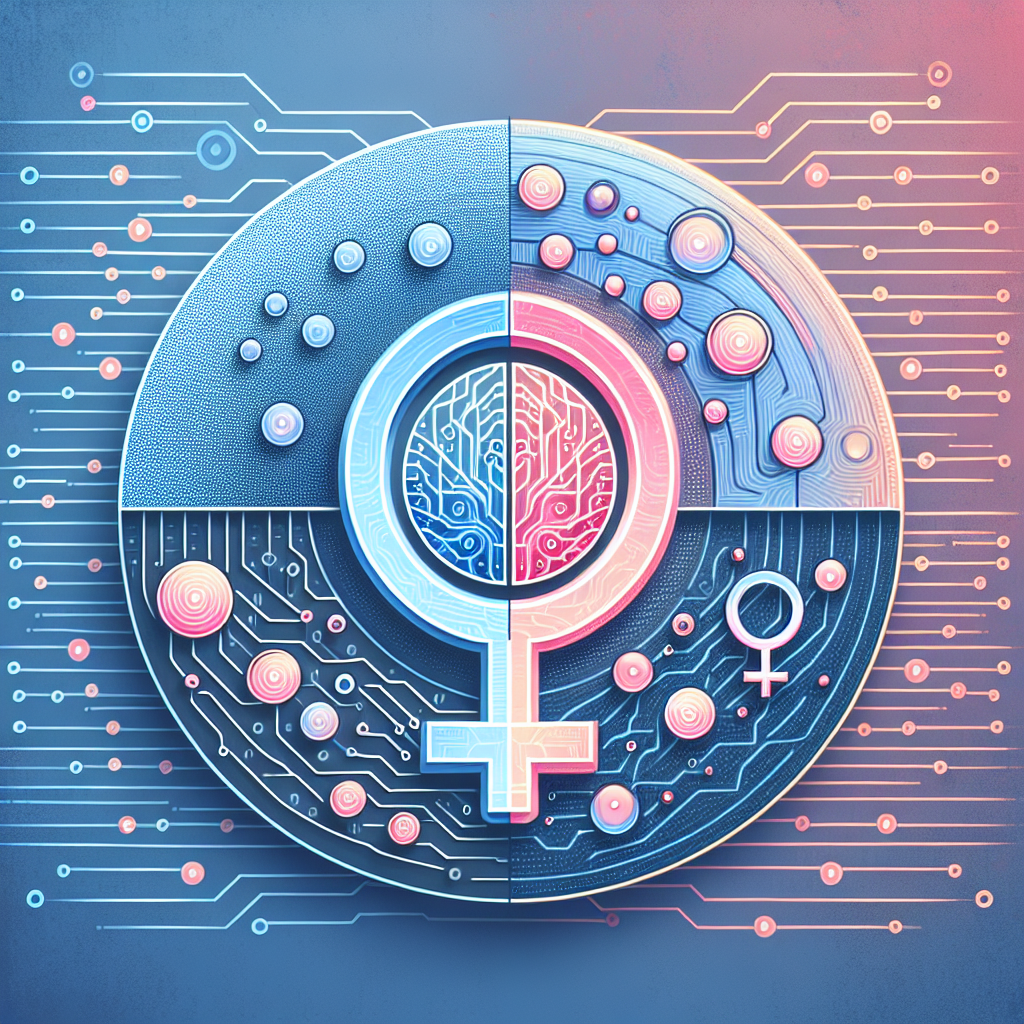The Impact of AI Development on Gender Equality
In recent years, the development of artificial intelligence (AI) has been rapidly changing the way we live, work, and interact with the world around us. From self-driving cars to smart home devices, AI has the potential to revolutionize many aspects of our lives. However, as with any new technology, there are concerns about its impact on society, including its effects on gender equality.
AI has the potential to either exacerbate existing gender disparities or to help level the playing field for men and women. It is important for policymakers, researchers, and developers to consider the impact of AI on gender equality and to take steps to ensure that the technology is used in a way that promotes fairness and inclusivity.
One of the potential benefits of AI development is its ability to reduce bias in decision-making processes. AI algorithms can be programmed to make decisions based on objective data rather than subjective judgments, which can help to reduce the impact of unconscious bias on outcomes. This can be particularly important in areas such as hiring and promotion decisions, where gender bias has been shown to be a significant factor in perpetuating gender inequalities.
However, AI algorithms are only as good as the data they are trained on, and there is a risk that biases present in the training data will be perpetuated in the AI system. For example, if a hiring algorithm is trained on historical data that reflects gender bias in hiring decisions, the algorithm may end up perpetuating that bias in its own decision-making. This is a significant challenge that developers and policymakers must address in order to ensure that AI systems are fair and unbiased.
Another potential impact of AI on gender equality is its effect on the labor market. AI has the potential to automate many routine tasks, which could lead to job displacement for workers in industries such as manufacturing, transportation, and customer service. Women are more likely than men to be employed in these types of routine, low-skilled jobs, which means that they may be disproportionately affected by job losses due to automation.
On the other hand, AI also has the potential to create new job opportunities in fields such as data science, machine learning, and AI development. These fields are currently male-dominated, and there is a risk that women may be left behind in the emerging AI economy. It is important for policymakers and educators to take steps to ensure that women have access to training and education in AI-related fields so that they can take advantage of the job opportunities that AI will create.
In addition to its impact on the labor market, AI also has the potential to perpetuate gender stereotypes and biases in other ways. For example, AI chatbots and virtual assistants are often given female voices and personalities, reinforcing the stereotype that women are better suited for roles as caregivers and assistants. This can have a negative impact on young girls who may internalize these stereotypes and limit their aspirations for the future.
Overall, the impact of AI development on gender equality is complex and multifaceted. While AI has the potential to reduce bias and promote fairness in decision-making processes, it also has the potential to perpetuate existing gender disparities in the labor market and society at large. It is important for policymakers, researchers, and developers to be aware of these issues and to take steps to ensure that AI is used in a way that promotes gender equality and inclusivity.
FAQs
Q: How can AI be used to promote gender equality?
A: AI can be used to reduce bias in decision-making processes, promote diversity in the workplace, and create new job opportunities for women in emerging fields such as data science and AI development.
Q: What are some challenges in using AI to promote gender equality?
A: One of the main challenges is the potential for bias in AI algorithms to perpetuate existing gender disparities. Developers and policymakers must be vigilant in addressing bias in AI systems in order to ensure that they are fair and unbiased.
Q: How can policymakers and educators ensure that women have access to training and education in AI-related fields?
A: Policymakers can provide funding for programs that promote diversity in STEM fields, such as scholarships for women in AI-related fields. Educators can also take steps to encourage girls to pursue careers in STEM by providing mentorship and support.
Q: What are some potential risks of AI development for gender equality?
A: One potential risk is job displacement for women in industries that are heavily impacted by automation. Another risk is the perpetuation of gender stereotypes and biases through AI systems that reinforce traditional gender roles.
Q: What can individuals do to promote gender equality in AI development?
A: Individuals can advocate for diversity and inclusion in the tech industry, support organizations that promote women in STEM fields, and educate themselves about the potential impact of AI on gender equality.

